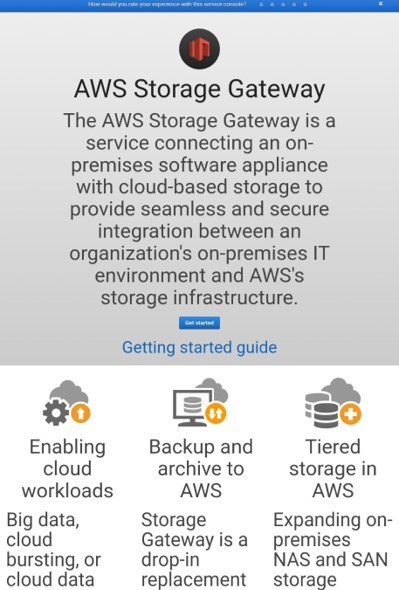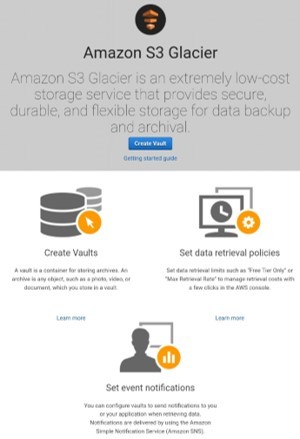Amazon S3 Storage Classes and Glacier
AWS Storage Classes and Glaciers

Amazon Web Services provides distinct storage classes and glaciers, which paves the way for a reduction in the storage costs for data that is not used so much and doesn’t need instant access. Those classes include a high level of reliability and support SSL data encryption while transmitting, there only difference is in cost.
Types of S3 Storage Classes:
Amazon S3 Standard
For high-usage and “hot” data storage.
Features:
-High capacity
-Low latency
-Reliability: 99,999999999% which means that out of 100 billion objects yearly, there’s a risk of getting only one of them lost
-Availability: 99,99% which means that out of 10 thousand hours, the data will be only unavailable for one hour
So, it has high storage costs, low restore costs and fast access to data.
The storage usage is covered by the Amazon S3 Service Level Agreement, which compensates if the level of uninterrupted operation is lower than what was originally declared.
Best Usage Scenarios:
-Hosting on Websites.
-Cloud web services and applications.
-Mobile applications and game platforms.
-Large data.
-Distribution of content.
Amazon S3 Standard Infrequent Access
Designed for data that need lower frequent access but has longer storage time than Standard.
-Low delays
-High capacity
-Reliability of 99,999999999% which ensures the safety of an object for a great time duration.
Differs from Standard in the following way:
-Availability: 99.9% for a year (e.g., the probability of request error is a little higher than in standard storage).
-Charged for data retrieval.
-Minimum storage period: 30 days
-Minimum size of object: 128 KB.
-Storage is recommended for outdated sync data, longer storage of files, backup and disaster recovery data. –Rarely require access, but accessed swiftly when needed.
-In MSP360 Backup, S3 Standard IA classes can be used as a standard destination for backups.
Amazon S3 One Zone – Infrequent Access
Used for infrequently accessed data with less redundancy.
– 20% less expensive than Amazon S3 Standard IA because of having a lesser availability of 99.5% for a year.
-It doesn’t have three availability zones but stores data in just one.
-Lower storage costs
-Higher restore costs
-30 days data deletion fee
Amazon S3 Intelligent Tiering
It’s not a storage class.
-When objects are placed in it, AWS will check and transfer data on a per-object level to an appropriate storage tier.
-When an object is not accessed in 30 days, AWS will transfer it to an infrequent access storage tier.
-When an object is accessed after being transferred to infrequent access, AWS will transfer it back to frequent access storage class to get cheaper subsequent accesses.
So, it’s a storage class that utilizes other storage classes and transfers data automatically between them.
(Data changes its class from S3 to S3IA automatically).
Types of Glaciers:

S3 Storage Classes
Amazon Glacier
Perfect solution for long storage and archiving data that don’t need instant access.
-Allows storing large or small data at a low cost.
-Retrieval process might take several hours.
It differs from S3 Standard:
-Very low cost.
-No guarantee of uninterrupted operation.
-Minimum period of storage: 90 days.
-A charge for data retrieval when more than 10 GB free tier per month is used.
-Limited access to data depending on chosen retrieval options.
-Optimized for data which has rarely required access, with admissible retrieval time of several hours.
Example of use is the storage of data archives:
-Media resources archives
-Archives of patients’ information
-Data collected form scientific researches
-Backup copies of databases having long storage
Objects can be saved directly in Glacier or a Lifecycle Policy can be set on S3 bucket to automatically archive data.
Amazon Glacier Deep Archive
For longer term archive data.
Price for storing 1GB/month starting at $0.00099.
-Cheapest storage solution
-No option for an expedited data retrieval
-Fastest retrieval time up to 12 hours
-Longest option, bulk retrieval, takes up to 48 hours
-Highest restore costs
-180 days data deletion fee
See Also